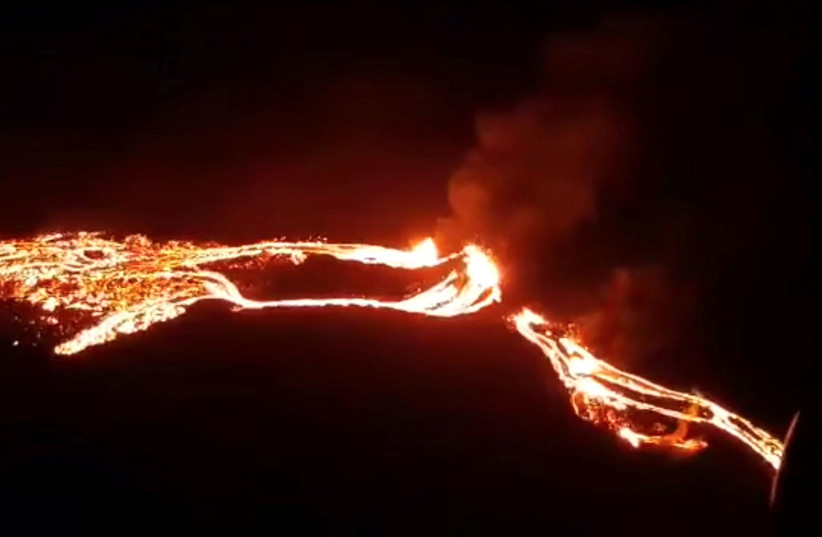Lava floods may have contributed to the Permian–Triassic extinction event 250 million years ago, minerals from southern China seem to suggest. New findings indicate that Earth's temperatures were heavily lowered due to volcanic eruptions that produced what is called "volcanic winter."
The study was published in the journal Science Advances. The journal contains studies by more than 20 researchers from multiple universities worldwide.
The Permian-Triassic extinction, which occurred 250 million years ago, eliminated 80 to 90 percent of species on the planet.
According to the study, this lead to severe global warming from volcanic releases of carbon dioxide.
However, the researchers also suggested that the eruptions in the Siberian Traps were not the only cause responsible for the extinction, but rather that it was also due to other eruptions in southern China. This also lead to oxygenation reduction in ocean waters - which is deadly for marine life.
Researchers also found copper and mercury in the southern China region whose age coincided with the Permian extinction. They were also marked with anomalies due to emissions from nearby eruptions. In other words, they were marked with volcanic ash.

